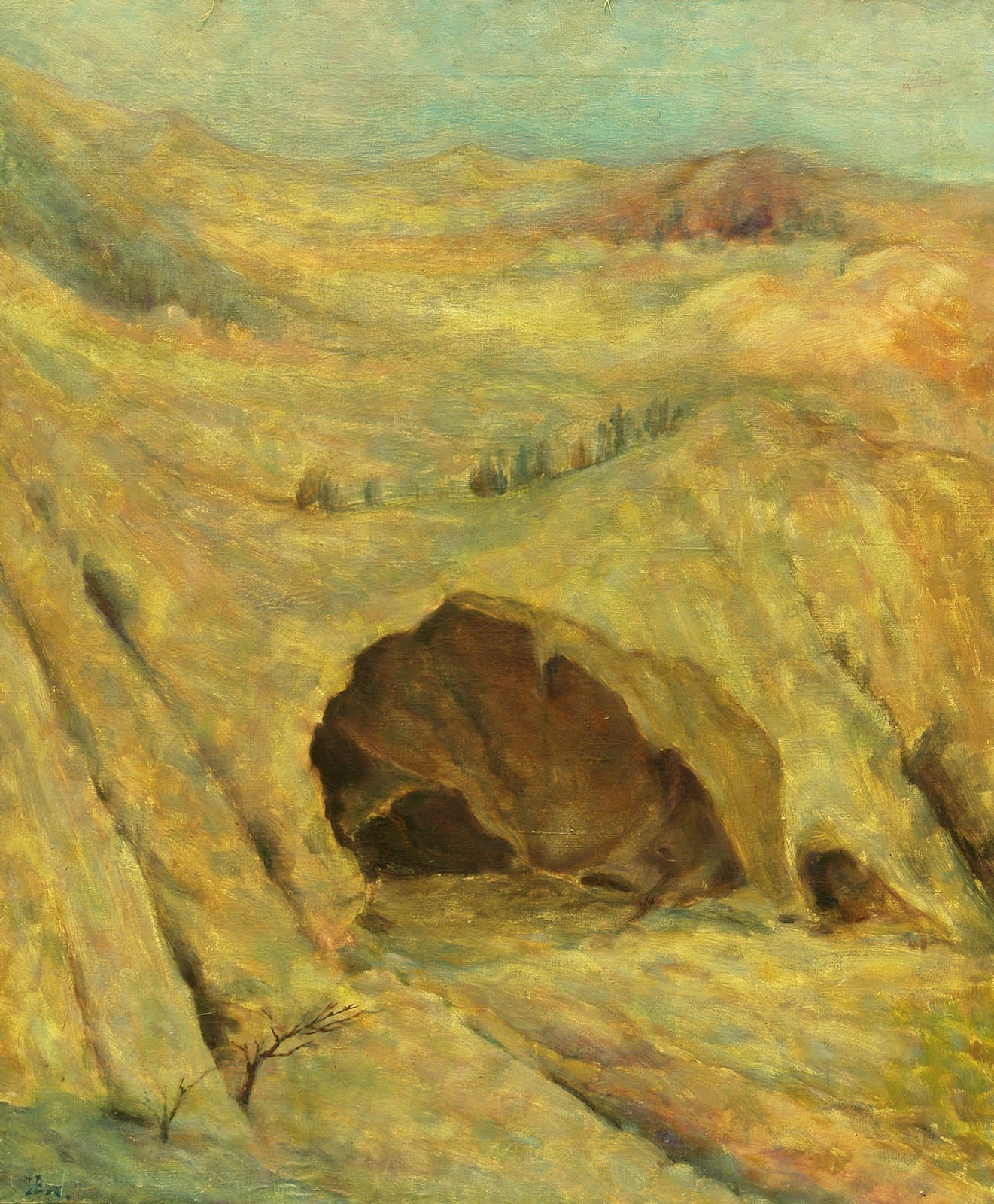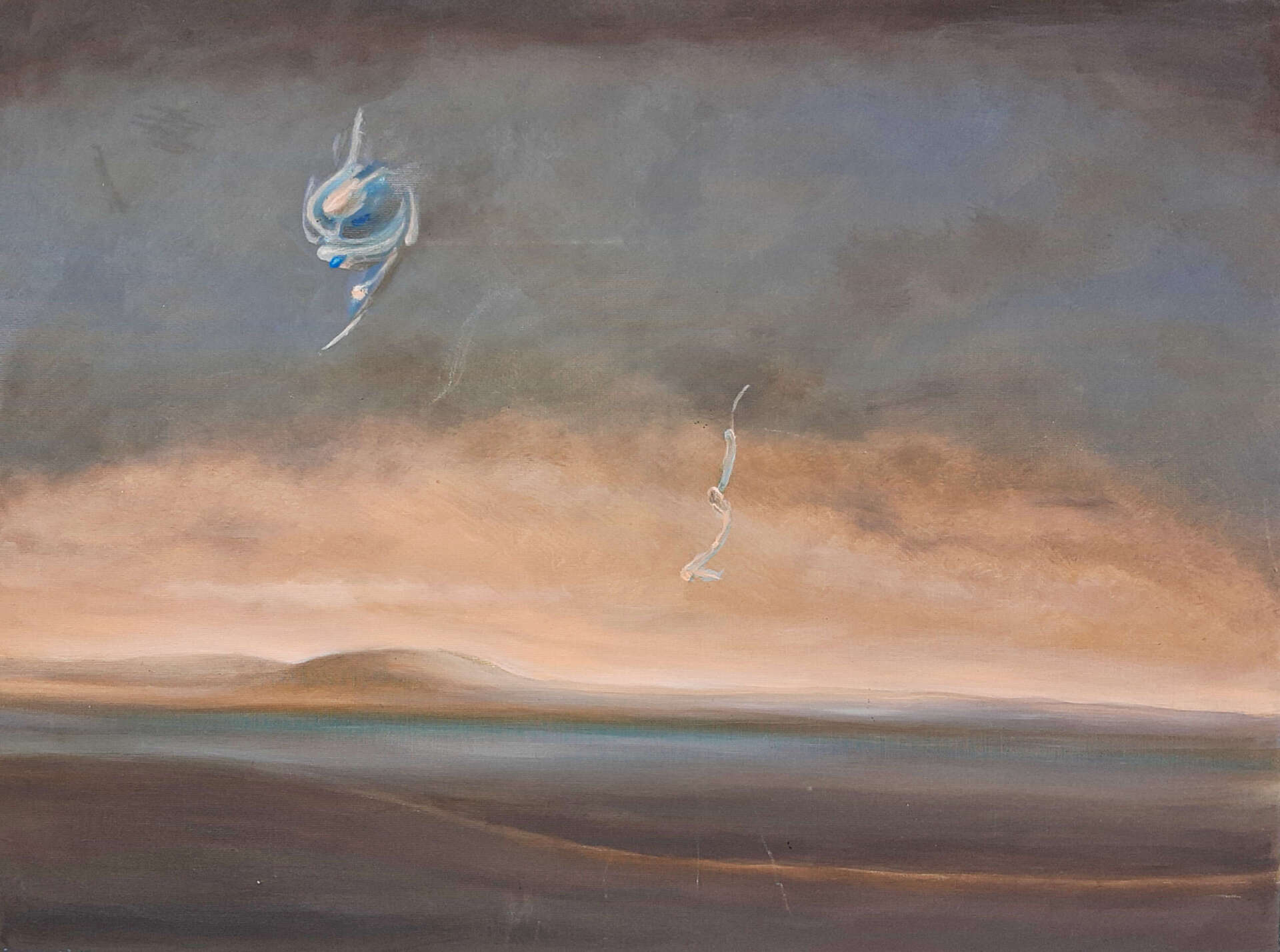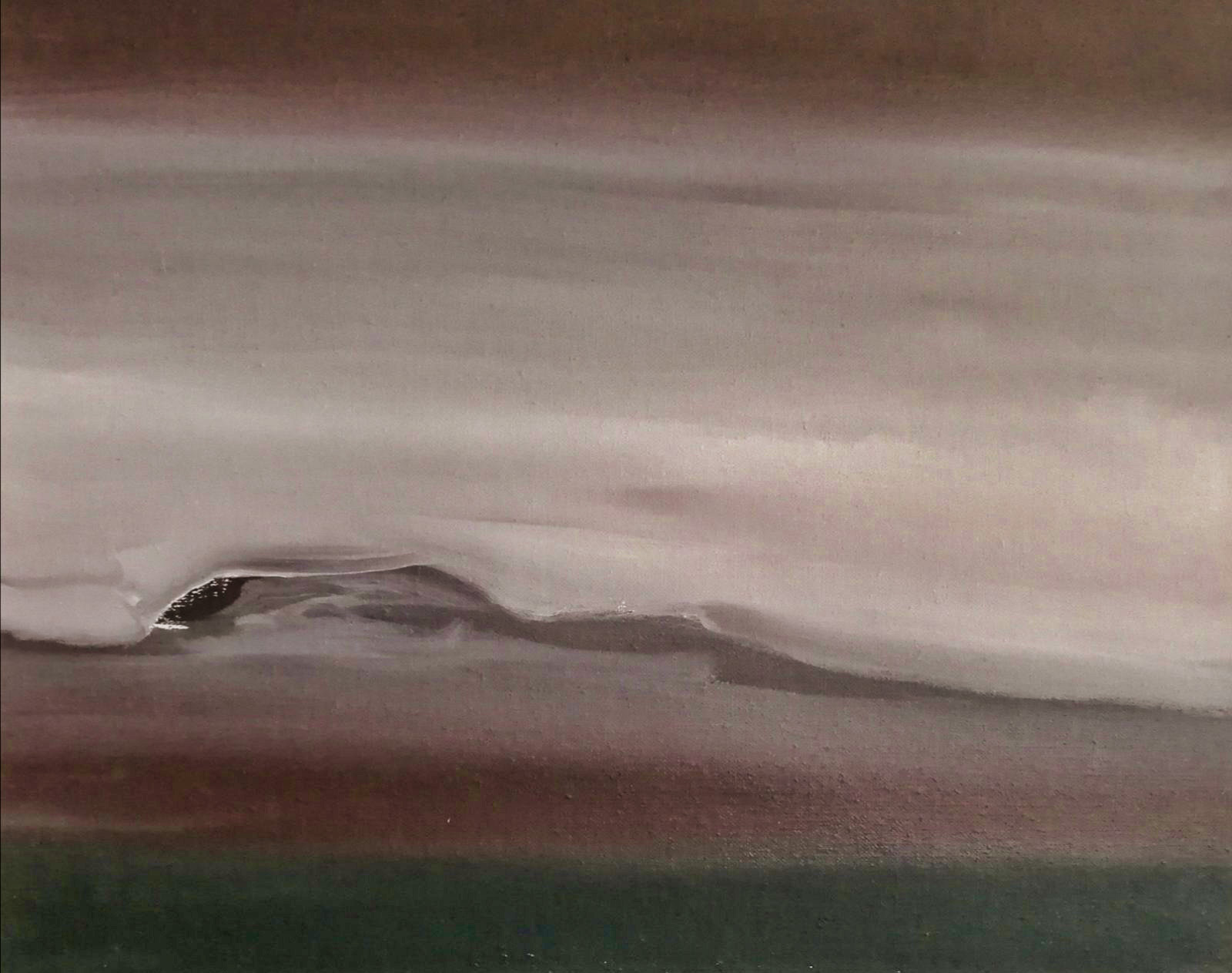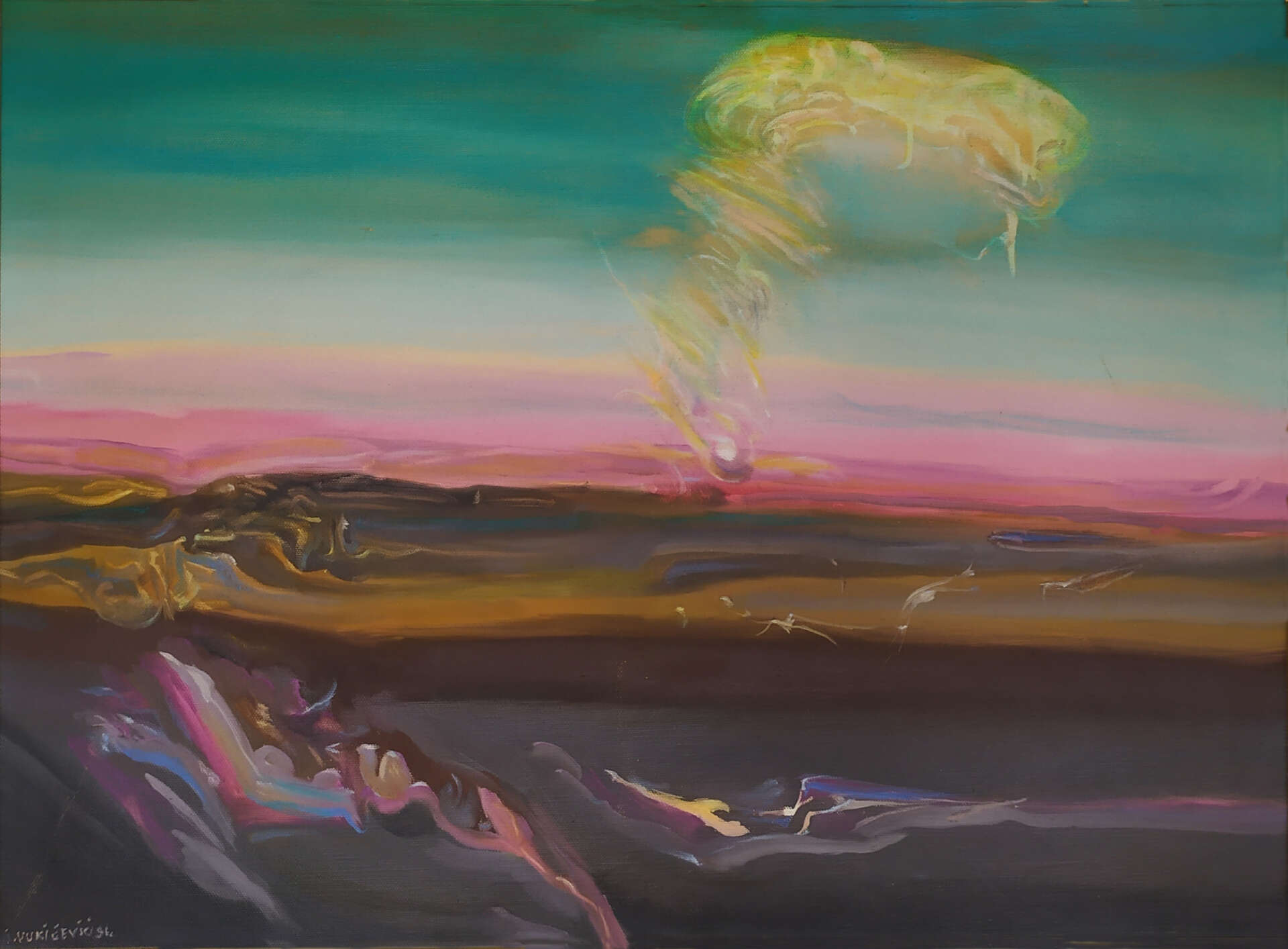Virtual Gallery of the Regional Museum Jagodina
Author of the exhibition: Jasmina Trajkov
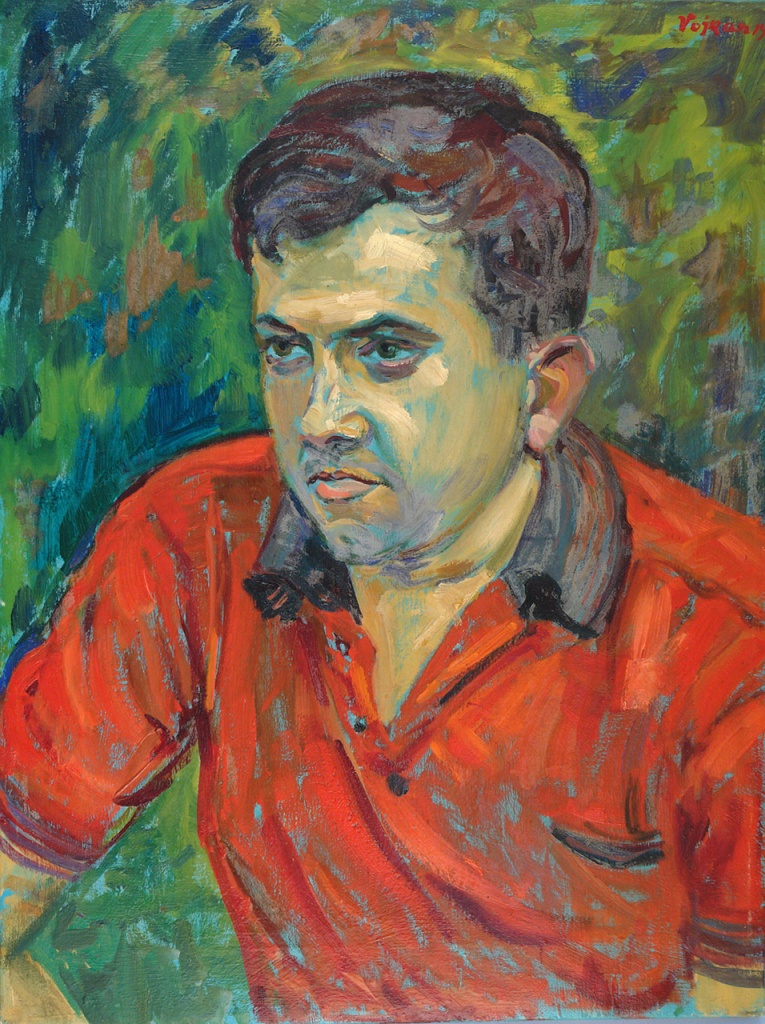
Ilija Vukićević’s works have not been seen by the Jagodina audience since 1984, when his last retrospective was organized in the Regional Museum of Jagodina. Since that time, it seems that his name has been forgotten. Therefore, the exhibition of his works would be an opportunity to remember him and point out the importance he had in the renewal of artistic life in post-war Jagodina (at that time named Svetozarevo).
The special significance of this exhibition is also in the fact that a large number of our fellow citizens, who own Ika’s paintings, agreed to borrow that works for displaying at the exhibiton. In that way, we came to data on more than a hundred works by Ika Vukićević that are in private ownership, not only in our city, but in the whole world.
Ilija Vukićević was born in Jagodina in 1934. He comes from a respectable Vukicević family. His grandfather was Ilija Vukićević, a priest of the Parish of Ribare since 1892. Father Branko was a judge, and uncle Dušan, a history professor and the first directorr of the Regional Museum of Jagodina. After finishing primary school and high school, Ika studied history and archaeology at the Faculty of Philosophy in Belgrade. He worked as a volunteer at the National Museum in Belgrade, and he was also a part-time draftsman both in this institution and in the Archaeological Institute of SANU. He also worked as a permanent part-time laboratory assistant at the Zoological Institute of the Faculty of Natural Sciences and Mathematics in Belgrade. These engagements would later have a great influence on the formation of his artistic work. In the period from 1963 to 1974, he worked at the Regional Museum of Jagodina as a preparer and documentalist in the Archaeological Department, but he also helped with pedagogical work and photo documentation. He was a man of wide interests. He was interested in archaeology, history, art. He was engaged in mountaineering, he had a collection of over 500 spiders, he even ringed bats in the Ravanička cave.
He started painting as an amateur in the early 1950s, when he exhibited for the first time. He learned painting from Vojin Veličković and Ljubodrag Janković Jale. A decade later, he organized his first solo exhibition. He was a prolific creator, and he exhibited his works in collective and solo exhibitions throughout Serbia until 1985.
He formed a specific visual language close to Surrealism. Its basic themes are micro and macrocosm. His paintings represent a “small world” invisible to the human eye. These are Ika’s “beings”, amorphous forms that float in magical space. The other world represented in his paintings is the distant one, again inaccessible to the human eye. These are landscapes from the Moon and distant planets.
He built a studio in the yard of the family house with his own funds. According to his contemporaries, this studio was “the first, last and only art salon of Jagodina”. Many future artists emerged from this studio, and it was the place where Ika created his imaginary worlds and landscapes, while he was listening classical music.
He died on St. Nicholas Day, December 19, 1992, and was buried in the Jagodina cemetery. With his prolific painting opus and specific artistic language, he took an important place on the art scene of our city. Thanks to his enthousiasm he menaged to revive and enrich the cultural life of his hometown. Today, among other institutions, his works can be found in the Regional Museum of Jagodina, as well as in private collections, and they are waiting for a moment to shine again with their beautiful color and enchant the soul of the audience that has been eagerly waiting for them for more than three decades.




